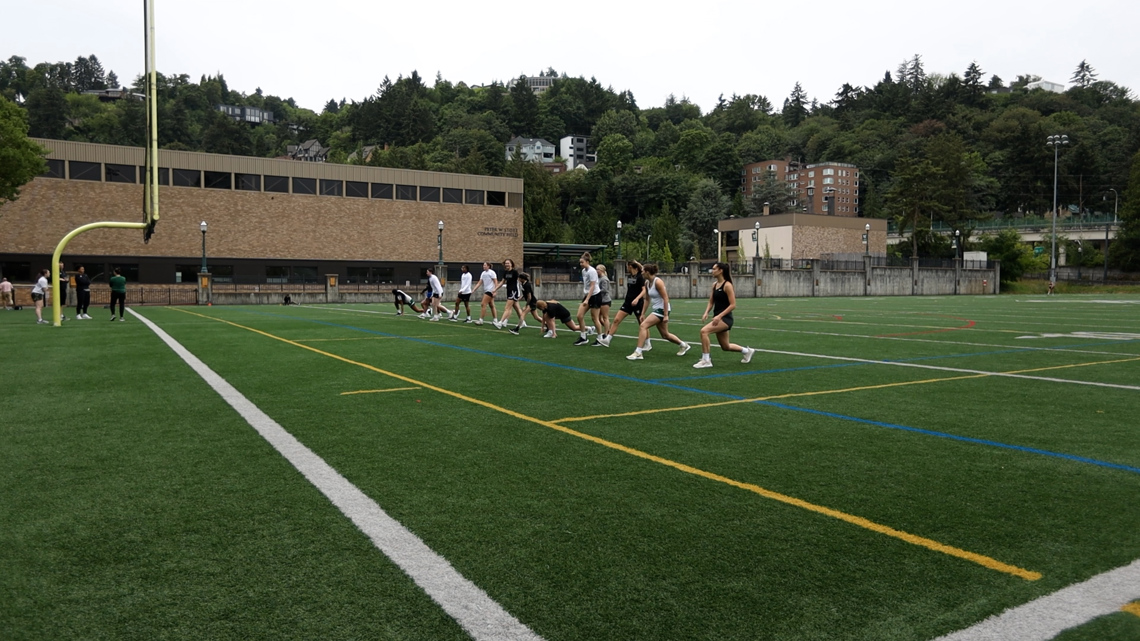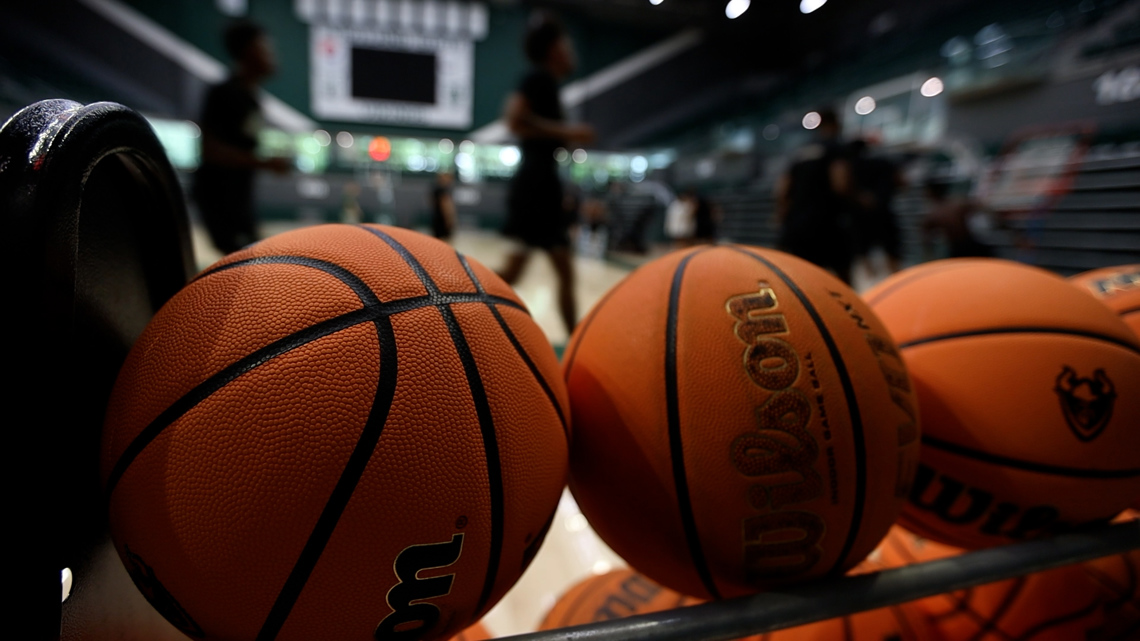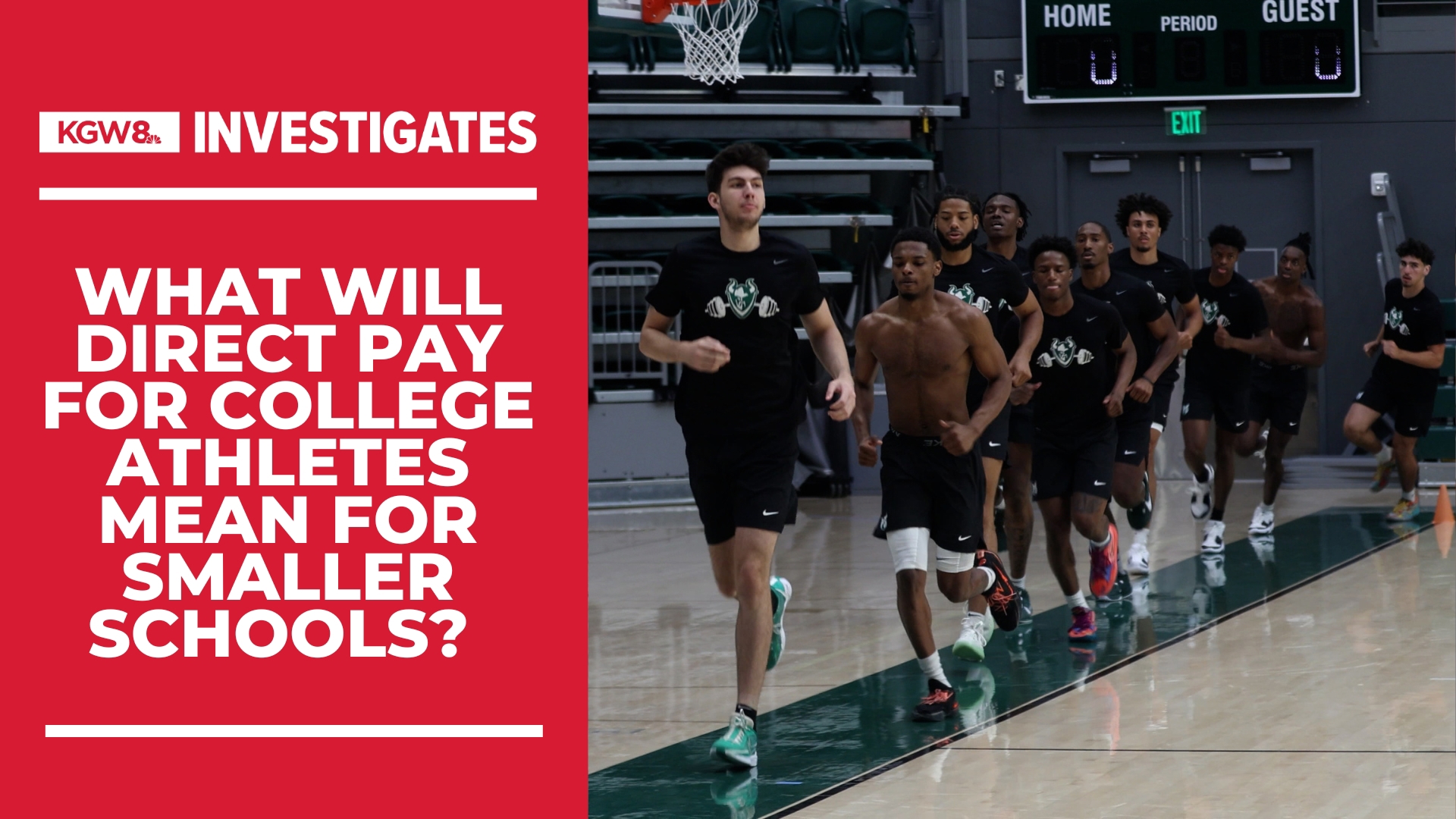PORTLAND, Ore. — As early as the fall of 2025, colleges and universities around the country could choose to pay their student-athletes millions of dollars each year.
A landmark $2.78 billion settlement agreement between the NCAA, its conferences, and former college athletes would reshape the structure of college athletics yet again, if approved by a judge.
The settlement agreement has two primary functions.
While opening the door to direct athlete pay, it would also force the NCAA and universities to pay millions of dollars in damages to former student-athletes who missed out on compensation.
Depending on the size and financial might of each university, those payments could be daunting.
“It’s very painful for our schools in the Big Sky Conference,” said Big Sky Commissioner Tom Wistrcill. “Most of them are going to be out roughly $250,000 to $350,000 a year for 10 years, and that’s a lot of money for our schools that are cash-strapped.”
Wistrcill went on to describe the settlement as the conference’s ‘wages being garnished’ and criticized how non-Power 5 conferences were excluded from settlement discussions.
Of greatest alarm, Wistrcill said, is the possibility of schools being forced to cut smaller sports teams and program to pay for the settlement damages.


Meanwhile, the potential of direct pay for college athletes adds another hurdle for smaller Division-1 programs to compete against.
“We just have to be very flexible, very adaptable to what’s going on around us,” said Jase Coburn, head coach for the Portland State men’s basketball team, which competes in the Big Sky.
Coburn said ever-changing rules around college athlete pay — including the onset of Name, Image and Likeness deals — have affected recruiting, budgets and program stability.
“There’s no getting around it, it makes it tough,” Coburn said.
Still, student-athlete compensation and revenue-sharing is widely regarded as overdue, with current and former athletes envious of new opportunities. PSU quarterback Dante Chachere said he's excited for the future.
“My brother, he’s in the NFL and plays for the Cardinals, he always talks about ‘man, if I was in college in your time I’d have all these deals,’” Chachere said. “That’s how I feel about the next generation coming up.”
Coburn said Portland State will still compete against schools with greater resources.
“We’re probably the purest form of college basketball,” Coburn said. “There are still talented players out there and great people who are looking for an opportunity. We need guys with a chip on their shoulder, and so that’s kind of been our deal.”


The settlement agreement lays out a framework for direct athlete pay.
Schools would initially be able to spend a maximum of $23.1 million each year, on top of scholarships and other benefits that schools already provide.
The payments would increase by 4% each year for 10 years, up to $32.9 million by 2034-35, with the intention that student-athletes should benefit in sharing the revenue generated for their athletic departments.
But even with the phase-in, Wistrcill said that smaller schools with fewer athletic department resources, like PSU in the Big Sky, simply can’t afford to pay their players.
“The schools that choose to opt into this pay-for-play model, like Oregon State and Oregon, they’re going to pay their student athletes and good for them — they have the resources to do it, and we have no ill will at all towards them,” Wistrcill said. “We won’t choose to do that in the Big Sky Conference.”


He said student-athletes in the Big Sky would still be able to maximize their value with local NIL deals, and he acknowledged that direct athlete pay would likely ‘create a bigger chasm’ in the competitive parity of college athletics.
Still, Wistrcill said he believes there are many more athletes seeking a chance to play at the highest level than there are schools willing to pay them.
“There are only so many schools at the highest level that can afford to pay,” he said. “Four years go by really fast to be sitting on the bench.”
For Coburn, the latest evolution in college athletics is just another challenge on and off the court.
“We have to strive to try and level the playing field,” he said.

